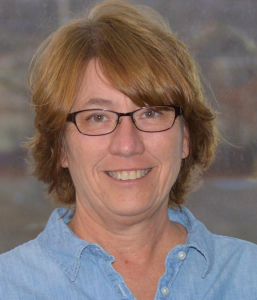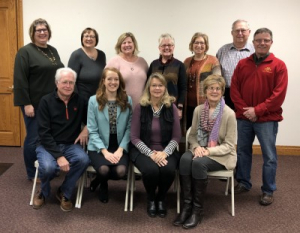
Jerry Burke, Bev Rahe
Foundation for the Future of Delaware County
After more than 10 years of grant making, the board of Foundation for the Future of Delaware County (FFDC) started talking about ways we could make a bigger impact with our grantmaking. We reviewed our application questions, review process and reporting against the guidelines in the Iowa Council of Foundation’s brochure, “Guide to Effective Grantmaking.” We found our grant application revisions over the years met the guidelines and we were getting the information needed to make an informed grant decision. Grant reports were being reviewed and some site visits made each year.
Having updated the board with some new members, it was time to hold a strategic planning meeting to discuss how to balance a changing community and doing good through purposeful grantmaking and not just responding to the applications received. Our next step was a strategic planning meeting. As an affiliate of the Greater Community Foundation of Dubuque, they helped us hold a strategic planning session in September 2018.
We needed to answer the questions of why, what, who, when and how as we discussed prioritizing our grantmaking. To help with our planning session, a survey was done with the attendees before the strategic planning session revealed 4 areas of interest: K-12, Workforce, Economic Development, and Mental Health.
Discussion pointed out that our priority should be on people and pick one of the areas to prioritize. We felt “Strengthening Families” was something that would cover all areas until we had time to invite speakers in to tell us more. Therefore, our message for the 2019 grant cycle would prioritize families.
Further board discussion determined mental health, many times referred to as brain health was the area the board really wanted to concentrate on, but needed more information. Two subsequent meetings were held. The first with an ER doctor and the county sheriff to discuss mental health issues in the county. The second meeting was with representatives from the West Delaware and Maquoketa Valley school districts and the mental health issues associated with the student population.
As a result, in 2019 grants were awarded to both schools to help in their development of desired programs to help students.
The 2020 grant cycle will again emphasize “Strengthening Families” with emphases on brain health issues with further communications with the schools on how we can assist.
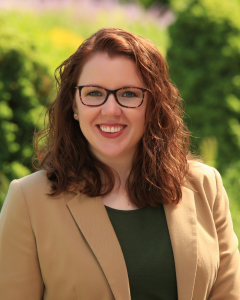
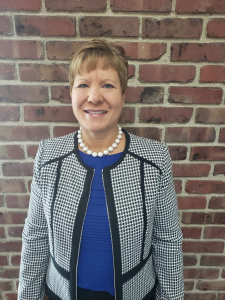 Julie Hitchins, Executive Director
Julie Hitchins, Executive Director